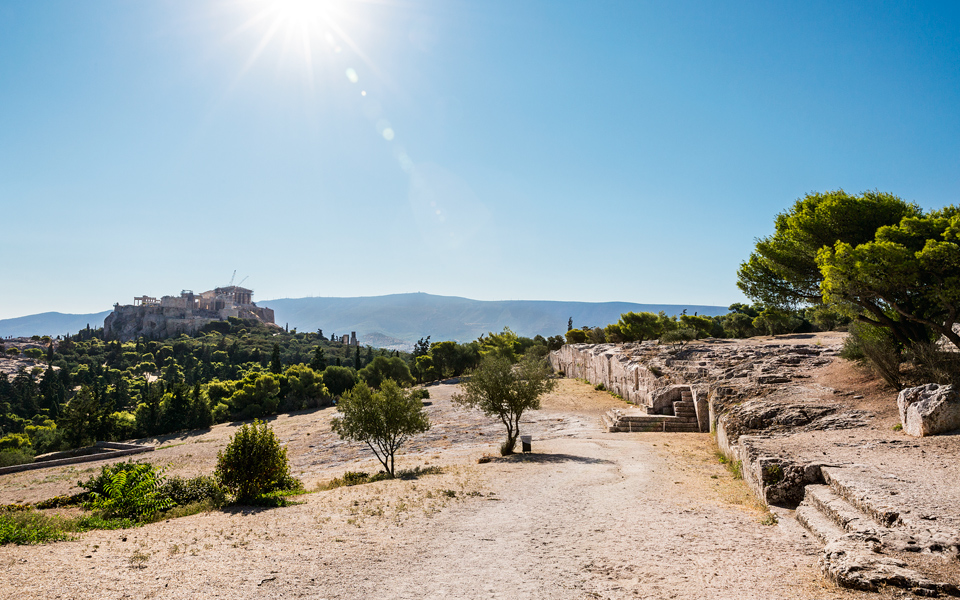In the Footsteps of St. Paul: A Pilgrimage...
Trace St. Paul the Apostle’s journey...

Pnyx
© Dionysis Kouris
On account of its location and terrain, this rocky hill to the south of the Acropolis was chosen as the meeting place of the legislature known as the Ekklesia, i.e. the popular assembly of all Athenian citizens, who would gather to vote on laws drafted by the Boule. Those attending the meetings would stand and listen carefully to the speakers – usually public figures – before forming a personal opinion based on the arguments put forth and voting in favor or against the respective proposals, usually by a show of hands. The hill was first established as a meeting place by Cleisthenes and subsequently remodeled during different phases to accommodate between 5,000 and 13,000 citizens. It was on the Pnyx that Pericles in the mid-5th century BC proposed to the people of Athens his great building program that focused on the Acropolis. It was also where Alcibiades in 415 BC argued with Nikias about whether Athens should launch a military expedition to Sicily. However, it was rarely full and the state devised various ruses to overcome people’s indifference to political matters. One such stratagem is described by Aristophanes: at the time set for the commencement of proceedings on the Pnyx, two slaves would walk around the crowded Agora each holding one end of a rope soaked in red paint. They would approach any citizens loitering there, who would reluctantly begin the ascent of the hill rather than have their clothes stained.
Trace St. Paul the Apostle’s journey...
When Herodou Attikou, a crossroads in...